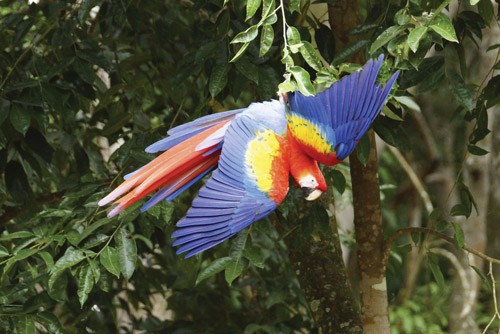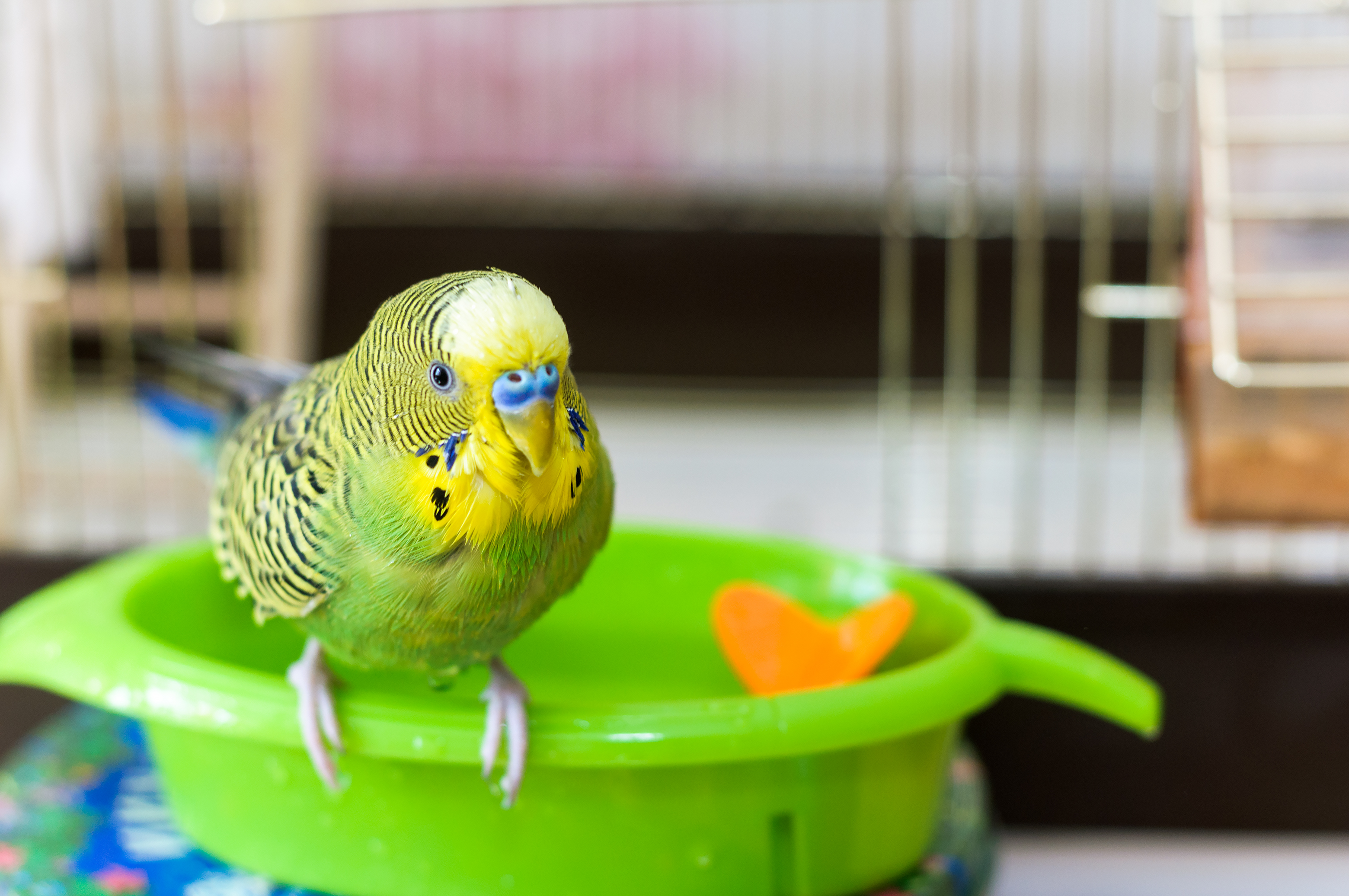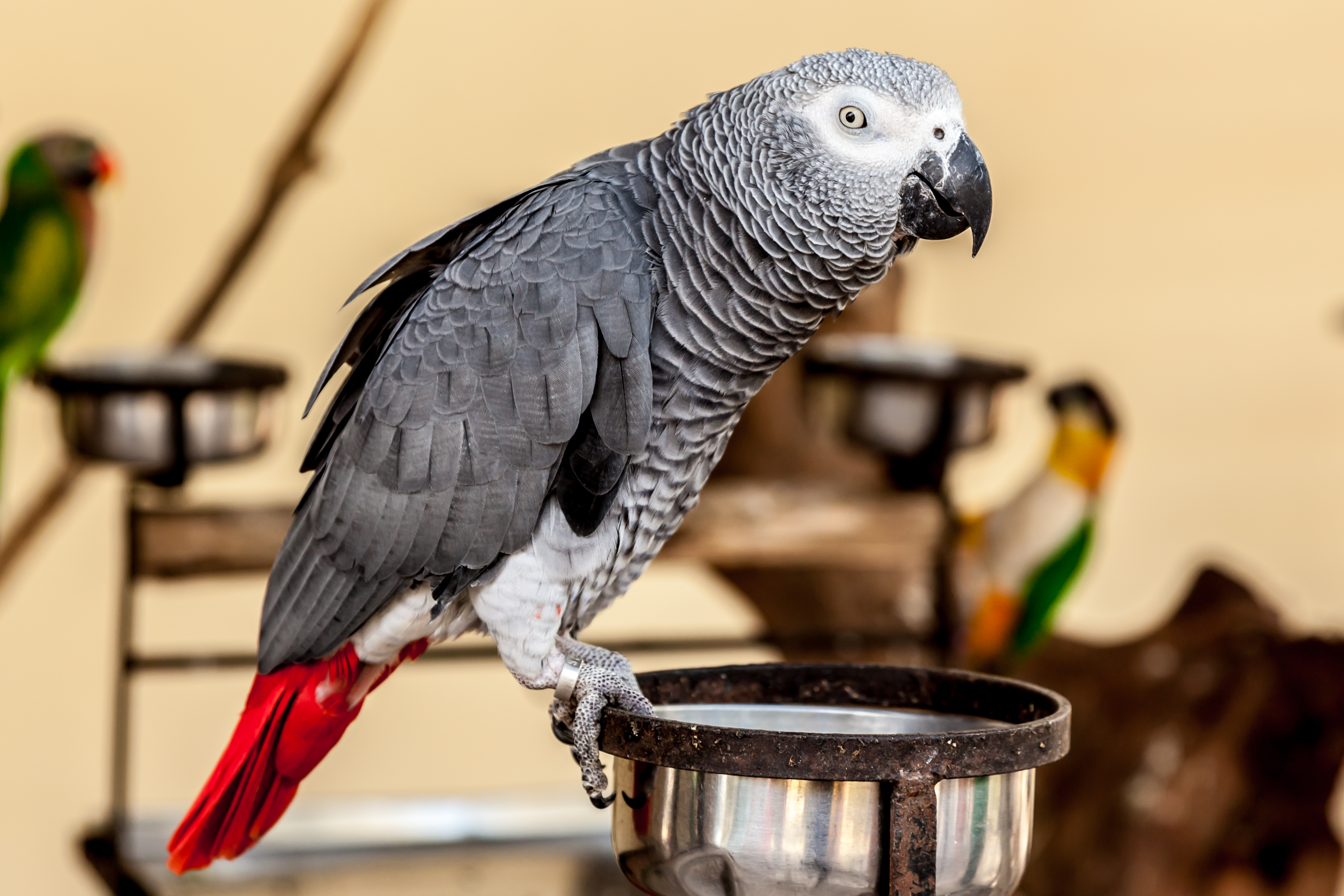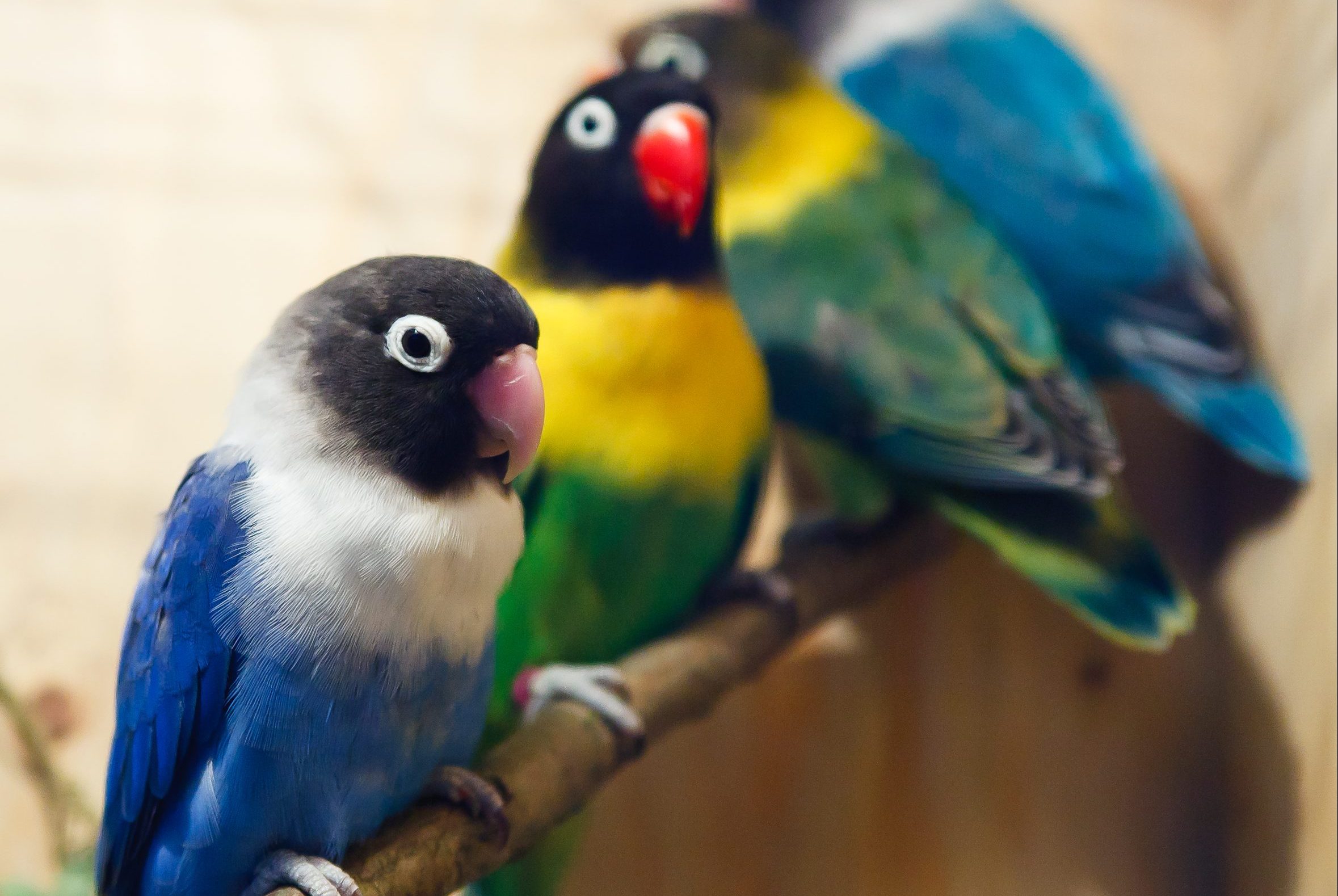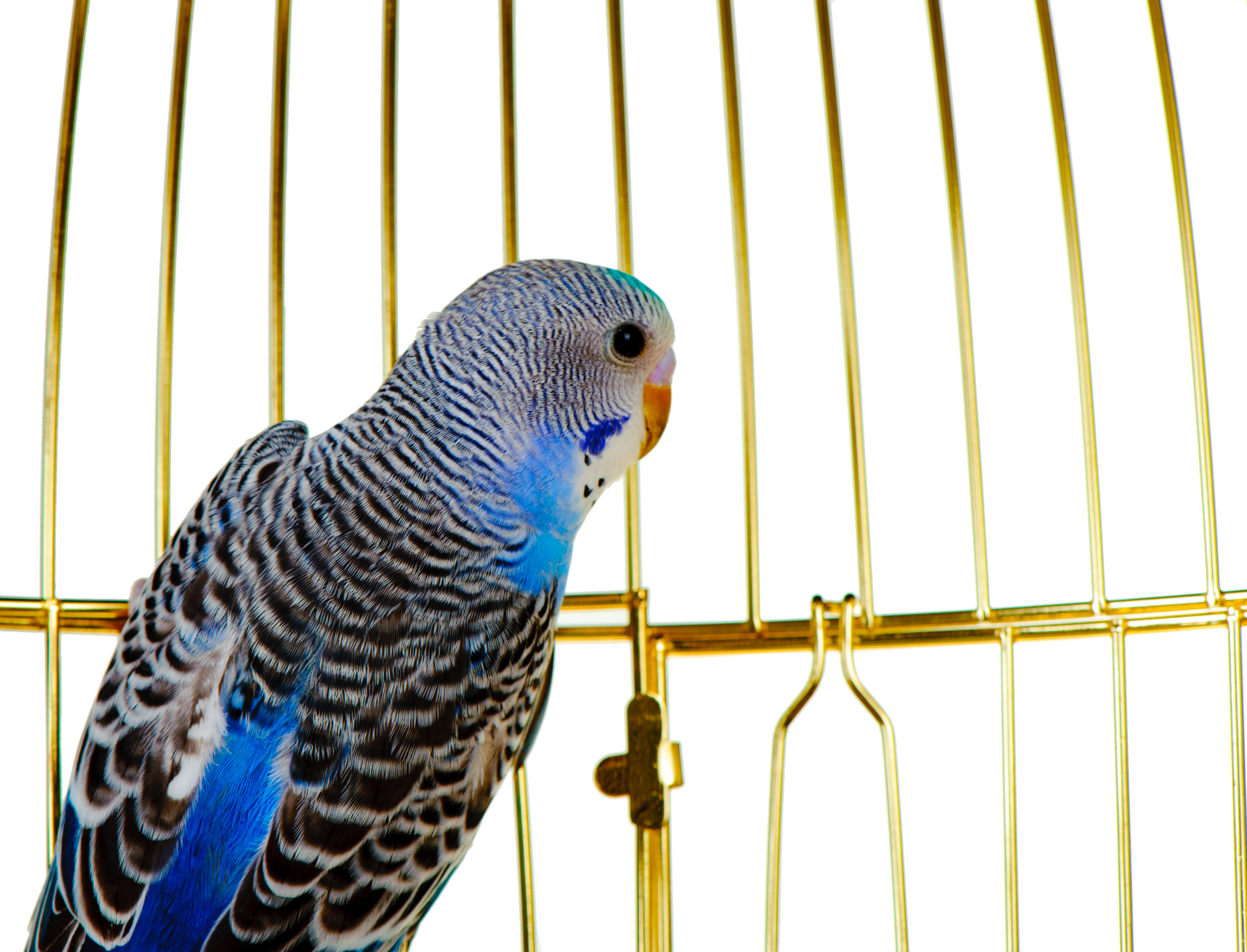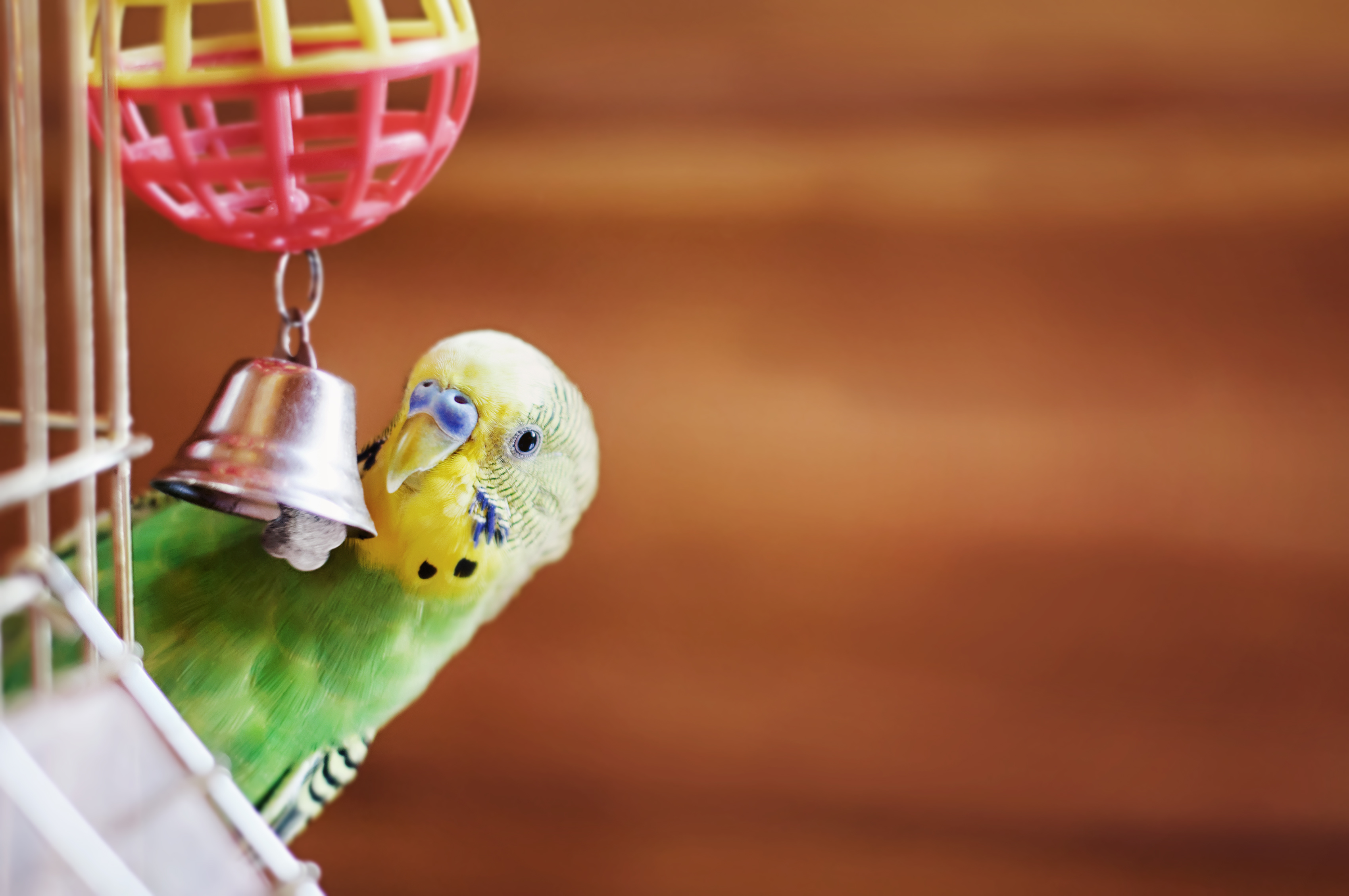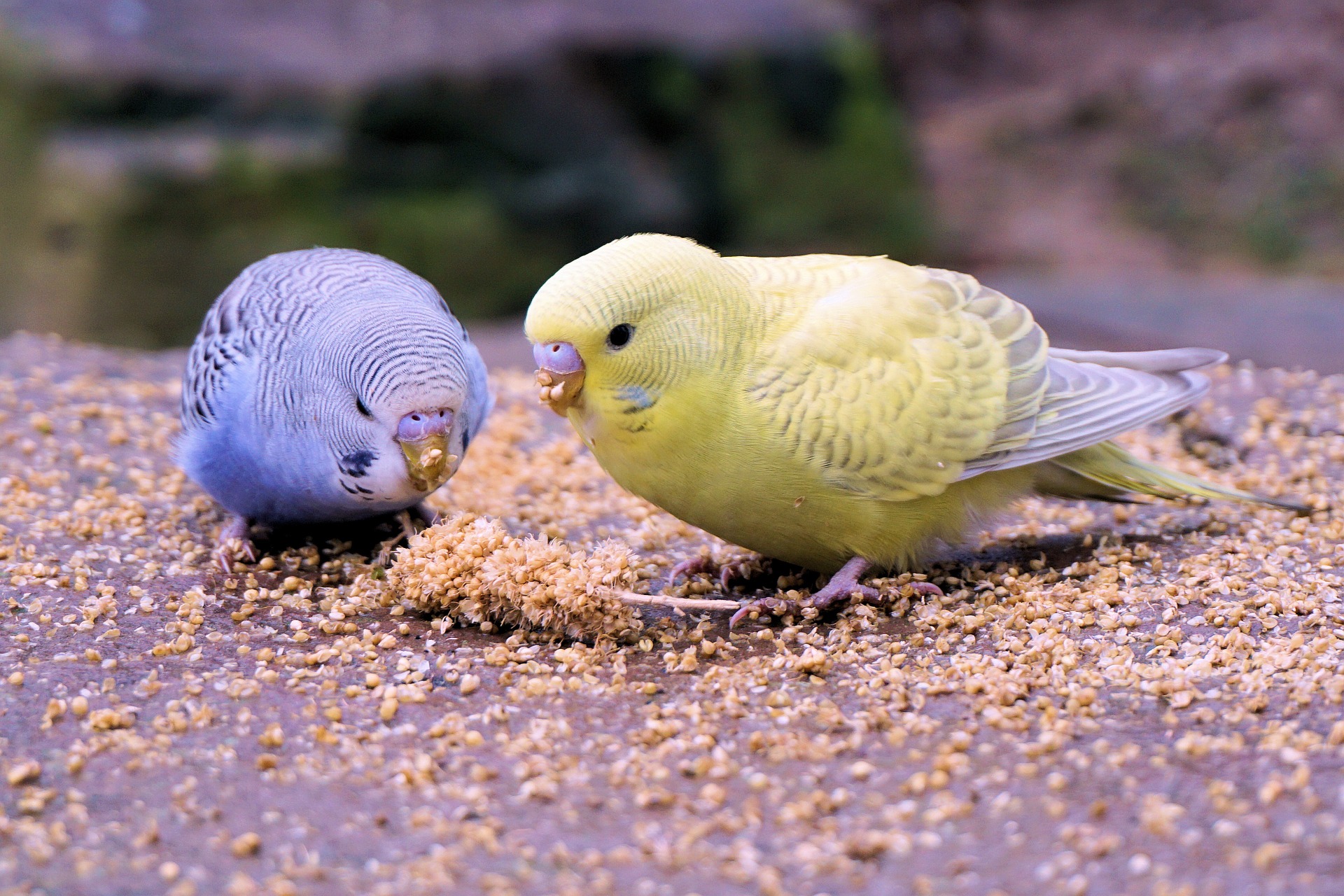Healthy Feathers, Healthy Bird
Erik J. Martin //September 1, 2014//
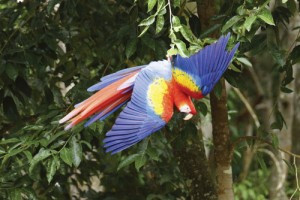 They say birds of a feather flock together. But when those bird feathers aren’t looking so fine, owners of avian companions will flock to their local pet stores for solutions.
They say birds of a feather flock together. But when those bird feathers aren’t looking so fine, owners of avian companions will flock to their local pet stores for solutions.
Knowing how to address their needs and which products to carry can turn perturbed bird owners into content customers.
Quill Queries
Sooner or later, many winged species encounter feather problems that can be a sign of a disease or disorder that shouldn’t be ignored. Two common issues observed are feather plucking, which can occur due to medical causes like malnutrition, parasites, allergies or cancer or as a result of boredom or stress, and cysts caused by ingrown feathers.
While it’s wise for retailers to first refer owners experiencing these problems to a veterinarian. It’s also smart to know what to recommend regarding common sense care. That includes suggesting to customers that birds get ample exposure to light and dark, plenty of playtime and socialization, and regular bathing and misting via bird baths and spray bottles.
“To ensure healthy plumage, bird keepers must provide a healthy, balanced diet, a clean habitat and a stimulating environment,” said Ashley Rademacher, animal care and education coordinator with Zoo Med Labs, Inc. “There are many causes of feather problems, so retailers should become educated on the care of birds and their feathers. Seek to find the ultimate cause of feather problems and correct those conditions.”
For example, if the animal’s diet is deficient in vitamins or amino acids, “correct that deficiency by regularly using a multivitamin on the animal’s food to promote the growth of new, strong feathers,” said Rademacher.
Sprays and Drops
Mary Wyld, owner of Wyld’s Wingdom said several commercial bird bath sprays and shampoos made for different species can help resolve some feather problems. Case in point, Mango’s 100 percent naturally pure Bath Spray, offered in bottles for African greys, cockatoos and other parrots, which each moisturizes skin, provides scratching relief and soothes to decrease molt stress.
“Calming nutritional products are worth exploring,” said Wyld, who recommends stocking Avitech AviCalm, a supplement added to the bird’s food, and Pluck No More, an herbal liquid by Kings Cages that is added to the bird’s drinking water.
Soothing sprays with aloe vera can work wonders. One worthy example of the latter is 8 in 1 Ultra Care Bird Bath Spray, which contains natural preen gland oil, lanolin and aloe vera that conditions the skin and brightens and softens plumage.
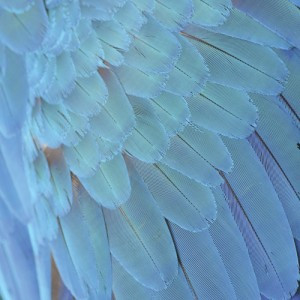
Vitamin Matters
Brian Wittcop, manager of Steve’s Wonderful World of Pets in Williamsville, N.Y., said he estimates that 80 percent of feather-related problems among his customers are attributed to improper nutrition, while 20 percent stem from boredom. To alleviate the former, retailers should promote high-quality seed mixes that can fortify plumage with necessary fats, in addition to a well-balanced and species-appropriate pelleted diet.
Wittcop prefers carrying products available in nitrogen-flushed resealable packaging, such as LM Animal Farms bird foods, to prevent oxidation of the vitamins and minerals inside.
Another way to foster proper plumage is to promote non-edible products like Zoo Med’s AvianSun 5.0 Compact Fluorescent Lamp, designed to provide pet birds with the essential UVB, UVA and visible light they need for vitamin D synthesis and psychological well-being, both vital for feather health.
“Proper exposure to UVB can allow birds to manufacture vitamin D3, which is essential for calcium metabolism, strong bones, egg production and feather growth,” said Rademacher. “And proper exposure to UVA may result in reduced feather plucking.”
Playtime Power
Meanwhile, to resolve avian ennui, it’s smart to stock a good variety of toys.
“In recent years, we’ve seen a lot of improvements to toys that can curb feather-related issues, especially preening toys made from wicker, rope, leather and cotton,” said Wittcop.
Wyld agrees.
“Offer an assortment of toys that encourage preening of the toy instead of self over-preening of the bird’s body,” she said.
Smart Merchandising
Wyld said retailers should create a designated feather care section in their stores, as feather problems like plucking are common enough to command significant shelf space in a set area for related products.
Alternatively, Wittcop suggests peppering feather care products throughout a store, even in non-bird areas.
“Many pet owners have more than one kind of pet, so you might get their attention by displaying a feather care product in a dog product aisle and placing them in other high-traffic spots,” said Wittcop. “It’s also important to move these products around to different areas every so often in order to get the customer’s attention.”
Lastly, don’t forget to adequately educate staff on how to screen customers for feather problems and solutions and train them to recommend appropriate products you carry.
